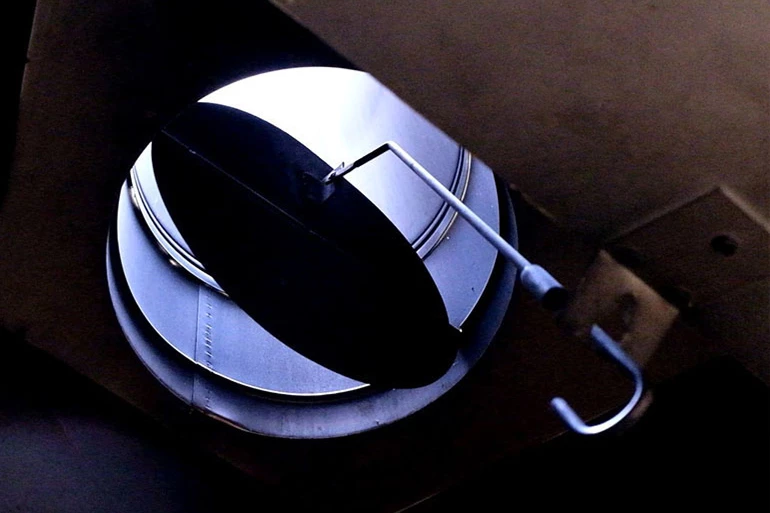The Basics Of The Fireplace Flue
If you've ever looked inside the vent that smoke exits your fireplace through, you may have wondered "What is that thing called?" Well, that is the flue! Some people refer to the entire structure as the chimney. Others may get confused and call it a "flute" or a "flume." Though many people call all parts of the vent pipe the "chimney", the interior part of a chimney is called the flue. It is there to help exhaust fumes exit your fireplace as well as protect the exterior part of the chimney from chemical breakdown.
The flue has a damper near the bottom of the pipe or flue tiles and top of the firebox. This opening can operate by a handle or a latch. The damper is there to allow smoke to exit as you use the fireplace or to keep rain and debris out when you aren't using it. The damper will be your best friend if you want to get the best use out of your fireplace. So it's wise to get comfortable with how to use it as soon as the fireplace is installed.
-

- viewing a flue from the bottom
While it may seem silly to worry about opening and closing it, and maybe you think keeping the flue damper open all the time sounds like a good idea, it isn't. As we just said, rain and debris can get in through a flue that stays open. But you can also lose air conditioning circulating through your house in the summertime if you keep the damper open year-round. The damper is made to let exhaust exit the room, but it can also let all other air escape if you allow it to.

